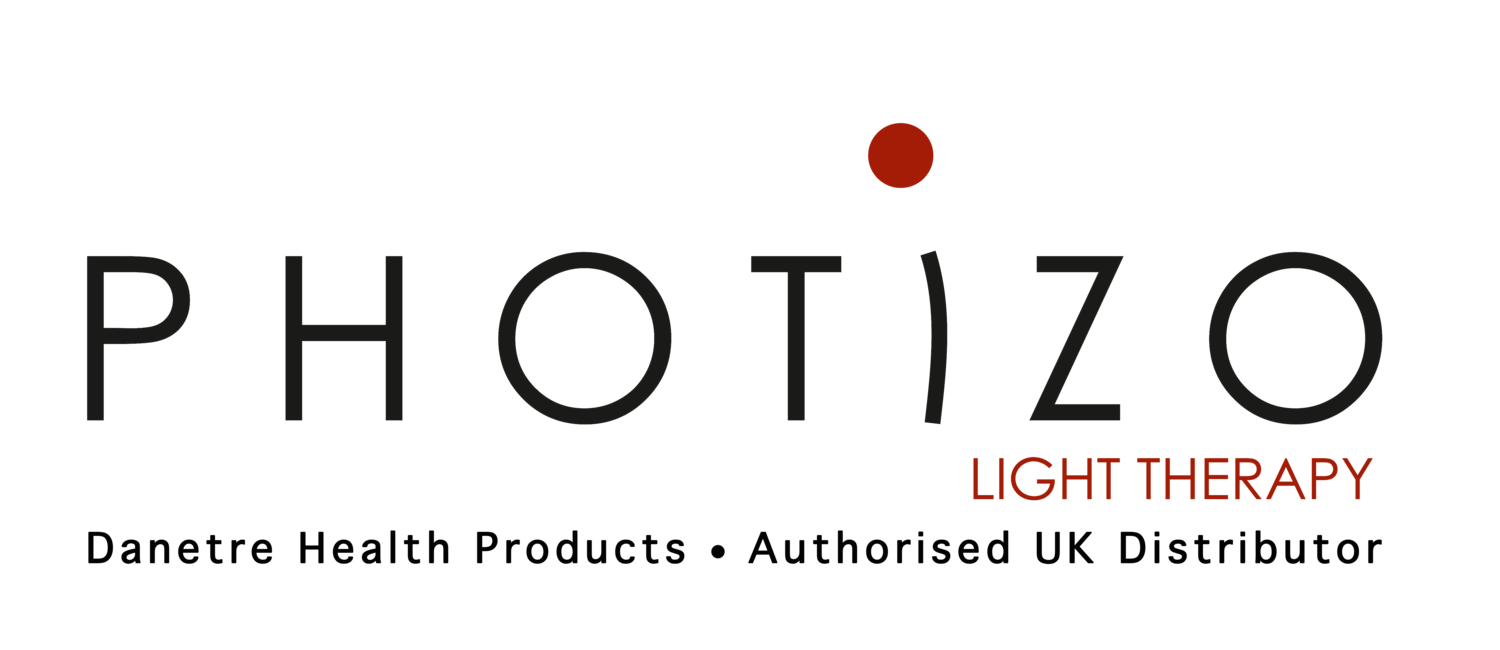Illuminating the Past: A Journey into Light Healing
Light has always played a significant role in human history, transcending mere illumination to hold deeper healing potential. The ancients knew how to harness its power to treat a host of ailments, and now as technology has advanced, we too are harnessing the power of light, and have a deeper scientific understanding of it; through the emergence of Photobiomodulation. But how did this modality come into existence?
In ancient Egypt, light was revered as a symbol of life and vitality. The Egyptians possessed an intricate understanding of light's healing properties, evident in their practices and beliefs. One of the primary sources of light utilised during this period was the sun, known as Ra, considered a deity and a potent source of rejuvenation. Sunbathing and heliotherapy, the therapeutic use of sunlight, were common practices in Egyptian culture. The sun's rays were believed to possess purifying properties, stimulating the body's natural healing mechanisms.
Egyptian physicians also recognized the significance of colour in healing. Colour therapy, or ‘chromotherapy’, involved exposing patients to specific hues to influence their well-being. Egyptians associated red light with health and vitality. They believed that red light stimulated blood circulation, energised the body, and promoted healing. Temples and healing centres featured vibrant red colours, enhancing the therapeutic environment.
While ancient Egypt stands out for its emphasis on light healing, other ancient civilisations also recognized the therapeutic properties of light. These include;
Baalbek (The ancient Greek ruins of Heliopolis)
Ancient Greece; In ancient Greece, the father of modern medicine, Hippocrates, believed in the healing power of sunlight and fresh air. He prescribed heliotherapy, also known as sunbathing, for various ailments. Greek physicians recognized the importance of light and its role in promoting physical and mental well-being.
Ancient India; The ancient Indian civilisation, influenced by Ayurveda, recognized light as a healing modality. Ayurvedic texts mention various treatments involving sunlight and colour therapy. Indian medical practitioners utilized specific colours to balance the body's energy centres, known as chakras, and promote overall health.
Ancient China; In traditional Chinese medicine, light therapy played a crucial role in healing practices. One of the most well-known techniques is Qigong, which involves harnessing and circulating qi (life force) within the body. Light was considered a form of qi, and practitioners used visualization techniques and exposure to sunlight to cultivate healing energy.
Ancient Rome; The Romans also acknowledged the healing potential of light. They constructed public baths, such as the famous Baths of Caracalla, which featured large windows to allow sunlight to permeate the space. Sunlight was believed to invigorate and restore vitality to the body, promoting physical and mental well-being.
Ancient Persia; Ancient Persian civilisation valued light as a healing modality. They constructed special buildings called "sunrooms" or "sun pavilions" where individuals could bask in sunlight to improve their health. These structures were designed to maximize exposure to sunlight, enabling individuals to harness its rejuvenating properties.
These ancient civilisations recognized the profound influence of light on human health and incorporated light therapy into their healing practices. Their understanding of light's therapeutic potential laid the foundation for the development of modern light-based treatments and influenced the broader field of medicine and wellness.
“Their understanding of light’s therapeutic potential laid the foundation for the development of modern light-based treatments and influenced the broader field of medicine and wellness.”
While the principles of light healing discovered in ancient times faded into obscurity over the centuries, the emergence of modern science rekindled interest in this fascinating field. In the late 20th century, researchers and medical professionals began exploring the potential of Red Light Therapy and Photobiomodulation as a means of harnessing light's healing power.
Photobiomodulation involves the application of low-level Red or Near-Infrared Light to specific areas of the body. This non-invasive treatment has gained recognition for its ability to penetrate deep into tissues, stimulating various cellular processes. By interacting with mitochondria, the powerhouse of cells, we now know that Photobiomodulation aids us on a molecular level; promotes cellular repair, regeneration, and pain relief.
The journey to Red Light Therapy's discovery involved the efforts of several scientists and researchers. Such as Endre Mester, a Hungarian physician; who, in the 1960s, observed that low-level laser light had beneficial effects on wound healing. This discovery laid the foundation for further investigations into light therapy's potential. Subsequent studies and technological advancements led to the development of LED-based Red Light devices, making this therapy more accessible and practical for a wide range of applications.
Endre Mester; A Pioneer of Light Healing, Sometimes Known As The ‘Father of Photobiomodulation’
Photobiomodulation has found successful application in various fields, including dermatology, sports medicine, and general wellness. Researchers have explored its effectiveness in promoting wound healing, reducing inflammation, relieving chronic pain, and improving skin conditions such as acne and psoriasis. Moreover, this modality has gained popularity in the field of aesthetics for its potential to stimulate collagen production, rejuvenating the skin and reducing the signs of aging.
The history of light healing, spanning from the Egyptian period to the modern era, showcases humanity's enduring fascination with the potential healing powers of light. Ancient Egyptians' reverence for sunlight and colour therapy set the stage for the emergence of Red Light Therapy and Photobiomodulation in recent decades. As our understanding of light's therapeutic potential continues to evolve, we can expect further advancements in this field, bringing new rays of hope to those seeking natural and non-invasive healing modalities.
Find out more about how Photizo can benefit you by clicking the link below.



